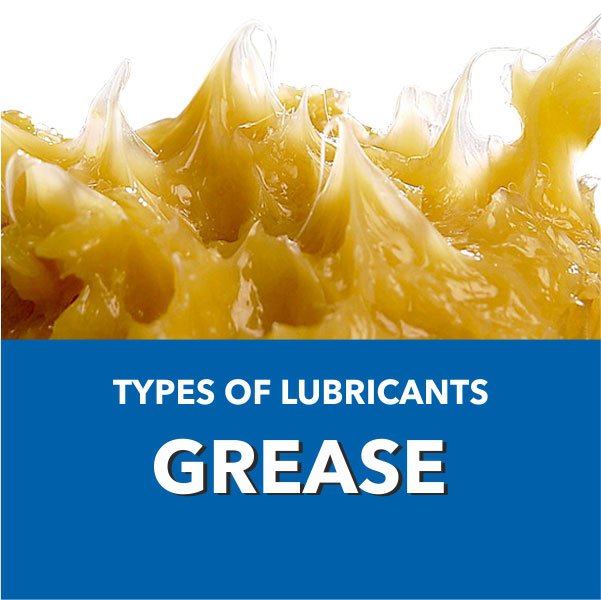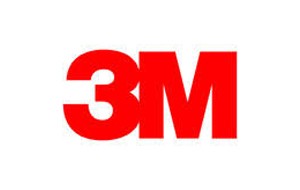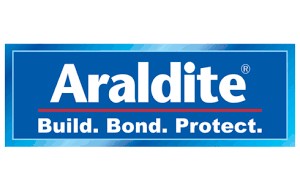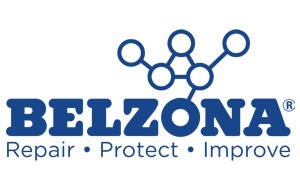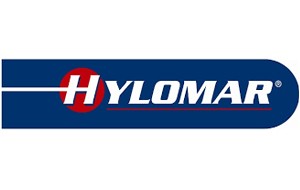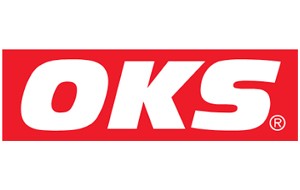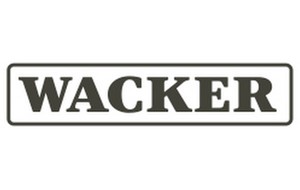Greases
for long-term lubrication under critical operation conditions
Greases consist of a base oil that is bound by a thickener (soap). The lubricant thus remains at the lubricating point, where it ensures continued effective protection against friction and wear and seals the lubricating point against external influences such as humidity and foreign matter. Greases are often used at roller and friction bearings, spindles, fittings, seals, guides but also at chains and gears.
| Characteristics |
Standard |
Description |
| Base oil viscosity |
DIN 51561 |
Influences speed range and load-bearing capacity of a grease |
| Drop point |
DIN ISO 2176 |
If this temperature is exceeded, the grease structure is destroyed
|
| Operating temperature |
DIN 51805
DIN 51821/2
(roller bearings) |
Temperature range of the optimal performance |
|
Speed characteristic data
(DN factor)
|
|
Maximum rotational speed up to which a grease can be used in a roller bearing
|
| Consistency |
DIN ISO 2137 |
Measure for the consistency of a grease
|
| NLGI grade |
DIN 51818 |
Classification into consistency classes
|
| Four-ball test |
DIN 51350 |
Determining of the wear protection and of the maximum
load?bearing capacity of a grease
|
The main difference in the structure of greases compared to oil is the thickener that determines the typical characteristics of a grease.
Thickener
(soap) |
Operating
temperature[°C]
Mineral oil
|
Operating
temperature [°C]
Synthetic oil
|
Drop point
[°C]
|
Water
resistance |
Load-bearing capacity |
| Calcium |
-30 -> +50 |
not applicable |
<100 |
++
|
+
|
| Lithium |
-35 -> +120 |
-60 -> +160 |
170/200 |
+
|
-
|
| Al-Complex |
-30 -> +140 |
-60 -> +160 |
>230 |
+
|
-
|
| Ba-Complex |
-25 -> +140 |
-60 -> +160 |
>220 |
++
|
++
|
| Ca-Complex |
-30 -> +140 |
-60 -> +160 |
>190 |
++
|
++
|
| Li-Complex |
-40 -> +140 |
-60 -> +160 |
>220 |
+
|
-
|
| Bentonite |
-40 -> +140 |
-60 -> +180 |
without |
+
|
-
|
| Polycarbamide |
-30 -> +160 |
-40 -> +160 |
250 |
+
|
-
|
In addition to the miscibility of the base oils, the compatibility of the thickeners must also be taken into consideration

